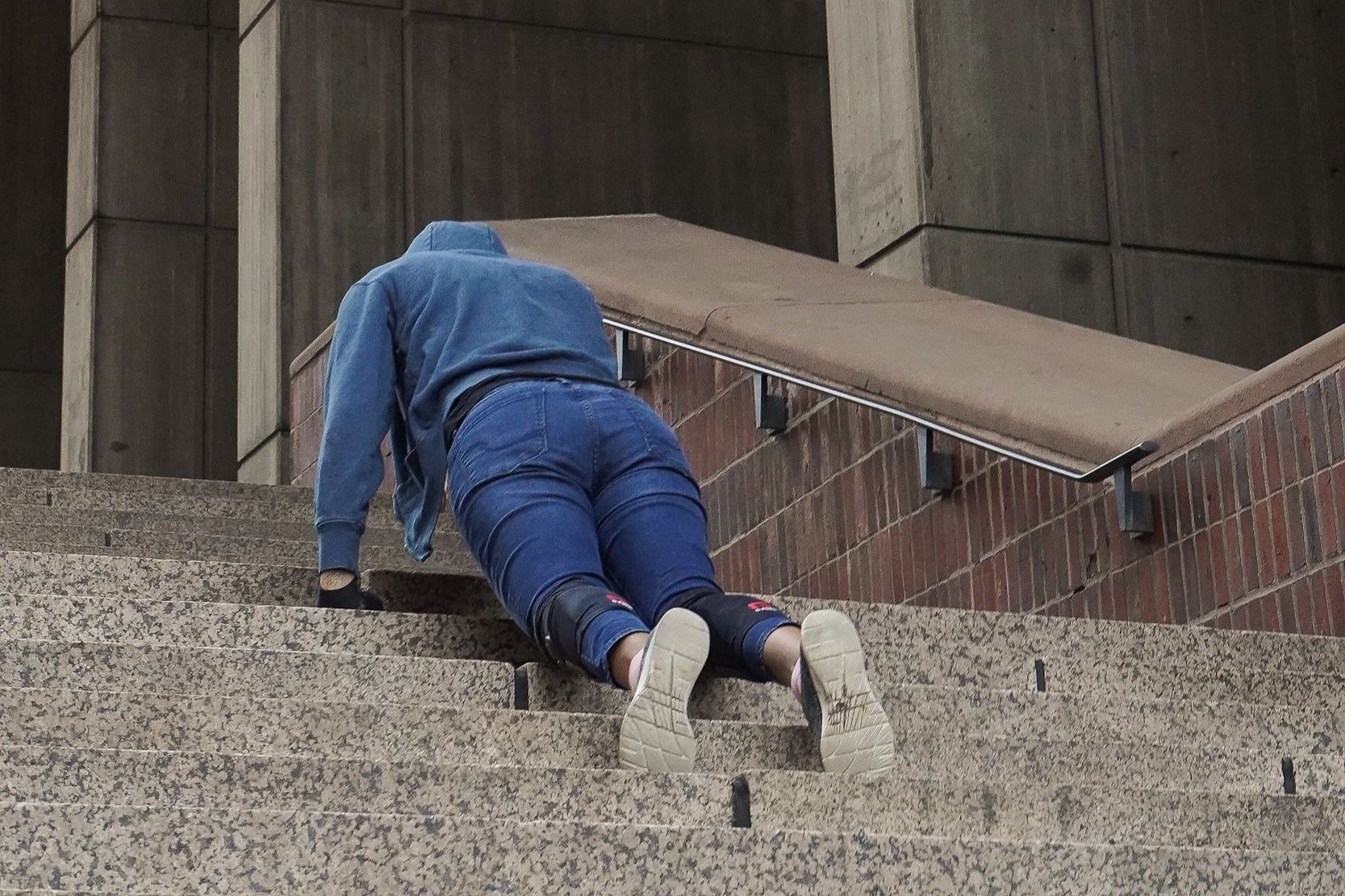
Boston Transportation Department Residency
Conversations, protests crawls, and a Manifesto.
From 2022 to 2024, I collaborated with the Boston Transportation Department through the Mayor’s Office of Arts & Culture to use art to build community connections in the city of Boston. I took an accessible and multidisciplinary approach to further better the city’s streets and sidewalks. See the resulting work below.
Manifesto Against Defensive Design
Taking into account the lack of understanding many had around Boston Transportation Department’s responsibility, but also the chance to dive deeper into more innovative accessible streets and sidewalks, I took a chance with writing and self-published through Binch Press a manifesto. This manifesto is very relevant to Boston but also contains insights all urban planners (and urban dwellers in general) could benefit from.
Protest Crawls to highlight inaccessible infrastructure
During the process of the residency, I realized that while some hoped I would bring the form of dance I employ at ADB into choreography within this residency. I realized that with the lack of deeper understanding of BTD’s work and the deep feelings of systemic inequities towards transportation and government officials in general, a cute dance didn’t feel appropriate. (Not that I ever really which is also telling.) I wanted to use the body in a different way that was even more political.
I drew inspiration from the form of protesting disabled activists originated on the capitol steps that led to the ADA, protest crawls. I wanted to use this form of movement to highlight two areas of inaccessible street/sidewalk infrastructure: Mattapan Square and the steps of Boston City Hall.
Community First
It all begins with listening to community. Jacob Wessel and I put out a paid call to discuss with deaf/disabled community their transportation concerns and how we can better address them. Hundreds reached out from all neighborhoods in Boston, multiple disabilities, and various intersectional identities. We chose a few to represent as many identities and neighborhoods as possible and had a conversation.
Video of community members discussing their transportation concerns
